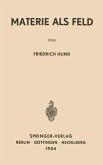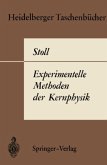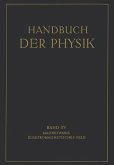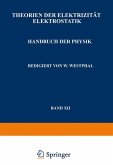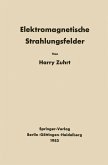Sect. 23. 325 transitions have been drawn for which L1~=0 (n-components). Moreover it is assumed that the hfs splitting of the 3 s 2 Pal, level is negligibly small compared with that of the 3 s 25,/, level. BACK and GOUDSMIT succeeded in resolving the structure of the components of the Bi I line A 4722 A. In each transition they found 10 components, so that in this case 21 + 1 = 10, and the nuclear spin of 209 Bi becomes 1 = 9/ , Later on their results for a group of components were 2 reproduced and published by ZEEMAN, BACK and GOUDSMITI. There are only a few examples where the influence of a magnetic field on the hfs of spectral lines has been shown experimentally in weak, intermediate and strong fields. One of them is the beautiful experiment by JACKSON and 2 KUHN on the Zeeman effect of the hfs of the Na D line A 5890 A. These authors used an atomic beam light source and photographed the lines in absorption. They showed that for the components of this line there was a real Zeeman effect in magnetic fields up to a magnetic field strength of about 1600 oersted, whereas there is a transition to the Back Goudsmit effect in stronger fields, the latter being completed at a field strength of about 3000 oersted. VI. The use of the Zeeman effect in the analysis of atomic spectra.


